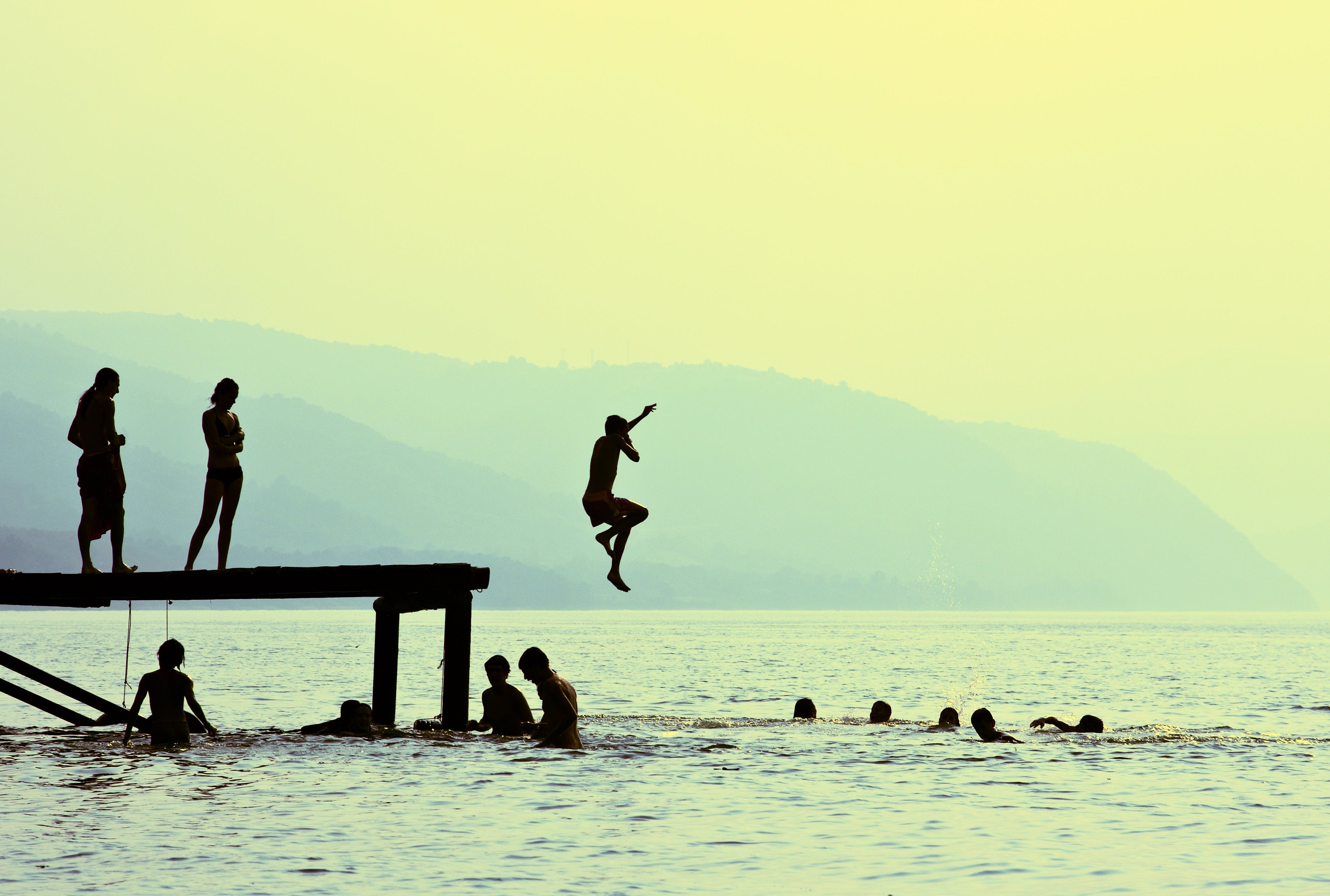When we think about water safety, we often think of the obvious risks like strong currents or the inability to swim. However, there’s a lesser-known but extremely dangerous threat lurking near marinas, docks, and boatyards—Electric Shock Drowning (ESD). This silent killer is responsible for numerous fatalities each year, often taking the lives of unsuspecting swimmers in freshwater environments.
What Is Electric Shock Drowning?
Electric Shock Drowning occurs when a person swimming in freshwater is electrocuted due to stray electrical currents leaking from nearby boats, docks, or marinas. While saltwater conducts electricity more efficiently, causing the current to dissipate quickly, freshwater’s high resistance allows electrical currents to pass more readily through a swimmer’s body than through the water. Even relatively small amounts of electrical current can paralyze a swimmer’s muscles, rendering them unable to move or call for help, which often results in drowning.
How Does ESD Happen?
ESD typically occurs when faulty wiring, improperly grounded electrical systems, or damaged equipment causes electrical current to leak into the water. Boats, docks, and marina electrical installations are frequent sources of such hazards. When swimmers venture into these waters, the electric current can pass through their bodies, leading to paralysis or heart arrhythmias, ultimately causing them to drown.
Real-life Tragedies
To understand the devastating impact of ESD, it’s important to hear the stories of those who have lost their lives to this preventable danger. Here are a few real-life incidents that highlight the deadly nature of electric shock drowning:
1. Carmen Johnson, Smith Lake, Alabama (April 2016)
On April 16, 2016, 15-year-old Carmen Johnson died after experiencing electric shock while swimming near her family’s dock in Smith Lake, Alabama.
That day, Carmen and a friend were swimming when Carmen’s father lowered a metal ladder into the water so they could climb out. The ladder contacted an energized electrical component at the dock (later believed to be a water-filled light switch or wiring issue). The current traveled through the ladder into the surrounding water, paralyzing Carmen’s muscles just as she was approaching the dock. Her father and son both felt the electricity when they jumped in to try to save her. Her father shouted for his wife to shut off the power; his wife did so, and others survived, but Carmen had already sunk and could not be retrieved until divers recovered her body hours later.
Carmen’s tragic story has been widely cited in awareness campaigns, and her family continues to urge stricter dock safety and monitoring of electrical systems.
2. Daniel Peterson, Big Lake, Minnesota (July 2013)
During a July Fourth holiday in 2013, Dan Peterson was charging a boat battery in the shallows of Big Lake (Minnesota) when he lost his footing and fell into knee-deep water while still holding the charger.
Instantly, he was struck by electrical current that had leaked into the water through an extension cord or charger wiring. His muscles were paralyzed, and he could not recover himself. His sister, who attempted to help, also experienced a shock but survived.
Peterson was airlifted to a hospital but died three days later from injuries sustained in the incident. His death highlighted that even standing just inches deep in electrified water is lethal.
3. Shelly Darling & Elizabeth Whipple, Lake Tuscaloosa, Alabama (April 2017)
In April 2017, two women, 34-year-old Shelly Darling and 41-year-old Elizabeth Whipple, were found dead in Lake Tuscaloosa after being in the water near a dock. Investigators believe that electrocution played a role in their deaths. Autopsy results indicated that electrical current likely passed through the water, incapacitating them.
Their deaths prompted local authorities to explore stricter dock safety policies and led to renewed attention to electrical safety around waterfront structures.
Some things to help Prevent Electric Shock Drownings
- Hire Qualified Electricians for Marina and Dock Work: Electrical installations and repairs near water should only be performed by licensed electricians familiar with proper safety regulations for marine environments. Inspections should be regularly done.
- Install Ground Fault Circuit Interrupters (GFCIs): GFCIs are life-saving devices that cut off the flow of electricity if they detect a fault, such as a leak into the water. Installing GFCIs breakers can prevent stray current from entering the water.
- Test Water for Electrical Current: Using a WaveLink Secure System can alert via audible, visual and push alerts when a change in the electrical situation happens. The system works 24 hours a day to make sure the water is constantly monitored so that potential swimmers can be warned.
- Swim in Designated Areas: Avoid swimming near marinas, boat docks, or any areas where electrical equipment is present, especially in freshwater bodies like lakes or rivers.
A Preventable Danger
Electric Shock Drownings are particularly tragic because they are preventable. With proper awareness, education, and safety precautions, we can protect loved ones from this silent killer. It’s crucial to take these dangers seriously and ensure that all electrical systems near water are up to code, properly maintained, and free of electrical faults.
In honor of those who have lost their lives to ESD, let us remember their stories and take the necessary steps to prevent future tragedies.
References:
· Daniel Peterson - https://www.cbsnews.com/minnesota/news/electric-shock-drowning-awareness/?utm_source=chatgpt.com
· Shelly Darling & Elizabeth Whipple - https://www.tuscaloosanews.com/story/news/2017/04/19/autopsies-point-to-electrocution-in-lake-tuscaloosa-deaths/21342654007/?utm_source=chatgpt.com
By following best practices and spreading awareness about the dangers of electric shock drowning, we can prevent more lives from being lost to this hidden threat.



